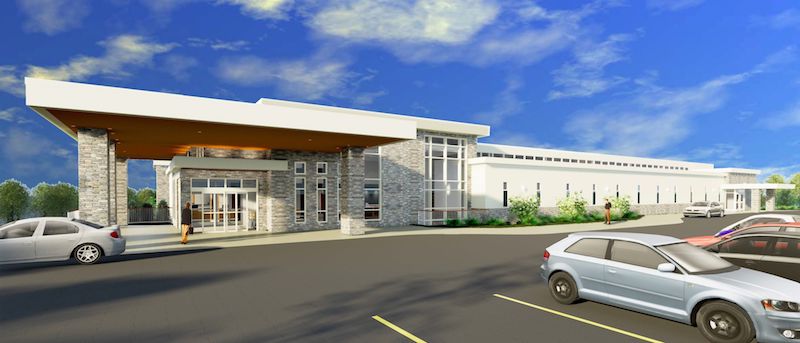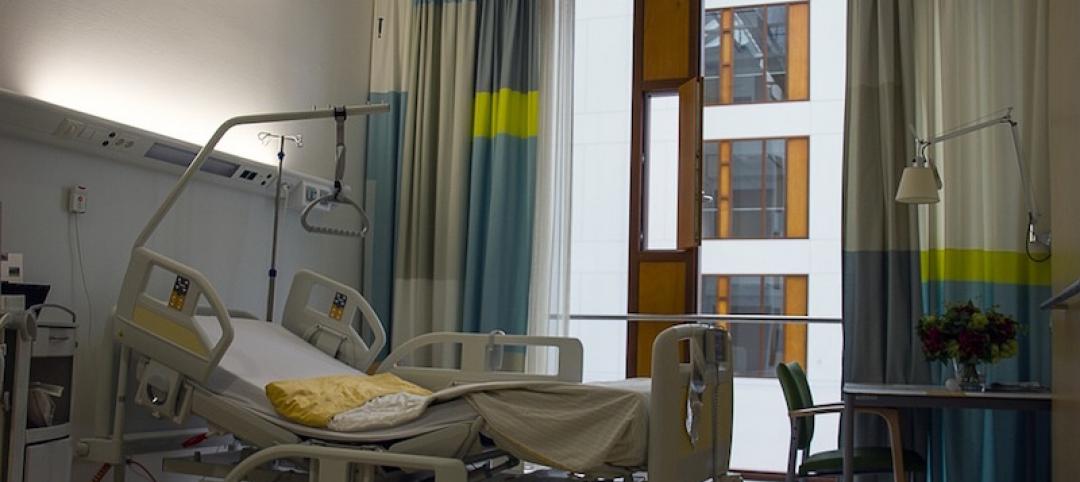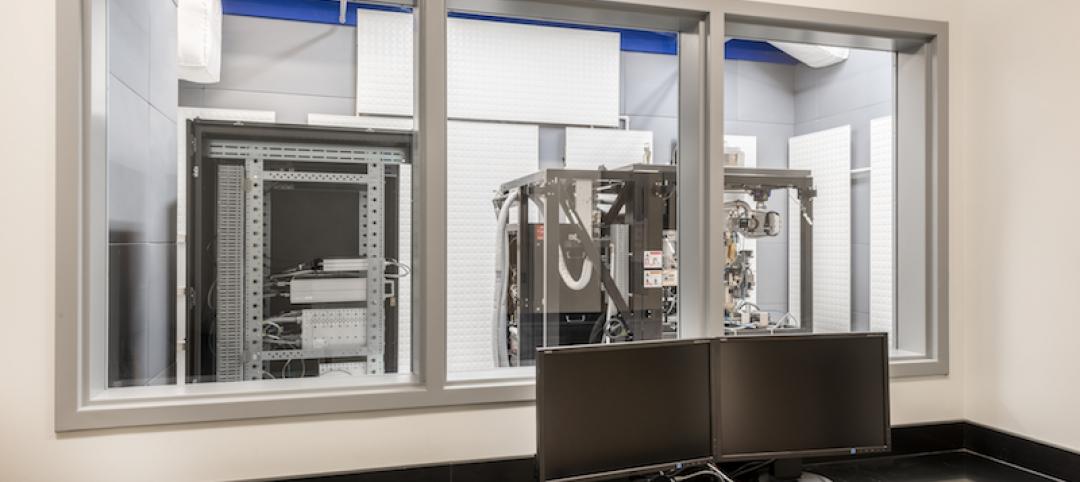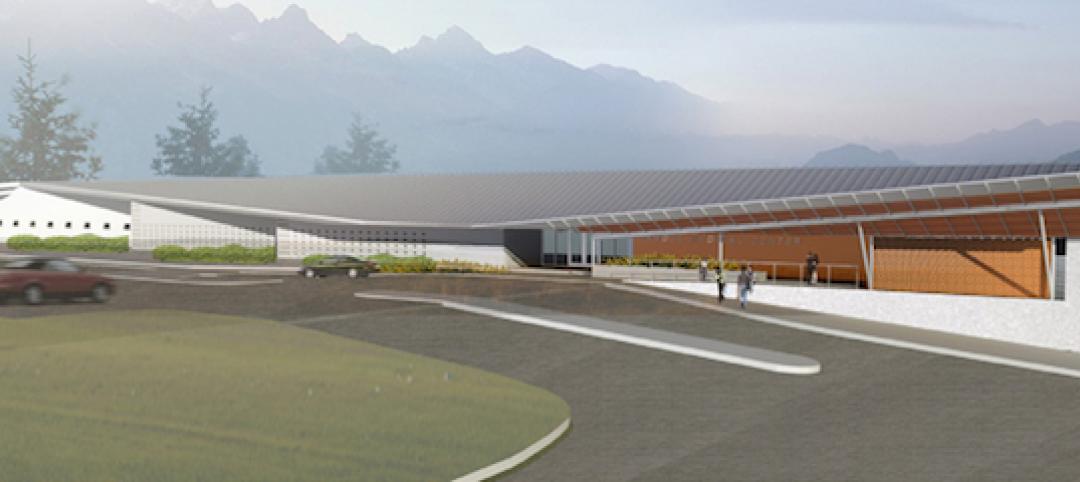The Orthopedic Associates of Hartford (OAH) recently announced plans for a 45,000-sf outpatient surgical center. Surgeons in the facility will perform shoulder, knee, and hip replacements; spine surgery; shoulder and knee arthroscopy; hand, wrist, elbow, foot, and ankle surgery; and interventional pain procedures to relieve pain and restore function.
The new center will replace the existing 15-year-old OAH surgical center. The new location is 40% larger and will allow surgeons to handle over 100 cases a day and, at capacity, up to 15,000 cases per year.
See Also: Outpatient clinics bring the VA closer to injured veterans
Designed by MBH ARCHITECTURE, the surgical center will include seven operating rooms and one procedure room. Each operating room is over 600 sf to accommodate the latest technology and robotic systems and to provide surgeons with more room to comfortably operate. These rooms feature the most advanced sterilization systems on the market. On the lower level there are approximately 25 rooms for doctors to see patients and a full service physical therapy center. Patients will have the ability to stay for up to 23 hours.
Floor-to-ceiling windows, stone walls, and soothing colors were used to increase patient comfort. Centria panels on the building’s exterior have built-in insulation and water drainage systems to help improve the building’s efficiency.
The facility is slated for a January 7, 2019 completion date with an official ribbon cutting ceremony in February.
Related Stories
Healthcare Facilities | Feb 6, 2017
NYC cancer hospital rises to the occasion
A recent analysis of patient volumes showed that Memorial Sloan Kettering Cancer Center would run out of space for new construction at its Upper East Side campus in Manhattan in just a few years.
Healthcare Facilities | Feb 3, 2017
Urgent care centers: True pioneers of retail healthcare delivery
Hospitals, either individually or in joint ventures, run 37% of U.S. urgent care centers.
Healthcare Facilities | Jan 19, 2017
A survey challenges the efficacy of decentralized nurses station design
The Institute of Health + Wellness Design at the University of Kansas raised questions after reviewing a hospital’s renovated orthopedic unit.
Healthcare Facilities | Dec 22, 2016
Has ‘green’ delivered on its promise to the healthcare sector?
As we approach the end of the second decade of LEED, the financial costs and benefits of going green are well documented, write CBRE's Lee Williams and Steve Higgs.
Healthcare Facilities | Dec 13, 2016
How healthcare systems can reduce financial risk with developer-owned hospitals
When entering a new market, the financial risk can be magnified to the point that the investment – although critical to a system’s future – becomes unpalatable to a governing board.
Sponsored | Flooring | Dec 7, 2016
Reading Hospital expansion project saves two months in construction schedule thanks to nora nTx
Construction delays are common with projects as large as the $354 million Reading Hospital expansion. Maybe that’s why construction manager Jeff Hutwelker, project executive with LF Driscoll Co., LLC, was so pleased with his nora® experience. By Hutwelker’s estimates, nora nTx saved approximately two months in his construction schedule.
Healthcare Facilities | Nov 30, 2016
Utilizing real estate to build physician networks
How hospitals can partner with their doctors to build an ambulatory network.
Healthcare Facilities | Nov 10, 2016
Prescription for success: Managing technology in the design of healthcare facilities
While the benefits of intelligently deployed technology are abundantly clear to both designers and healthcare end-users, it’s no simple task to manage the integration of technology into a building program.
Public Health Labs | Nov 3, 2016
Cutting-edge microscope facility opens on UMass Medical’s campus
Design and construction met rigorous requirements for sound, vibration, and temperature controls.
Healthcare Facilities | Oct 31, 2016
A world unbuilt: The moral implications of design
The communications challenges don’t even begin to compare to the inherent challenges of designing for a developing nation, writes CannonDesign's Michael McManus.















